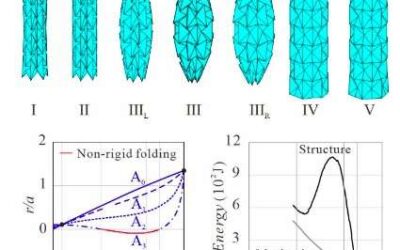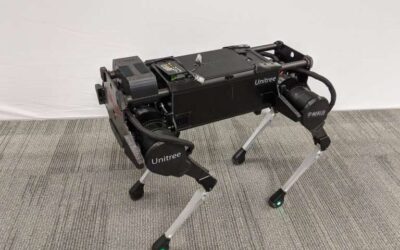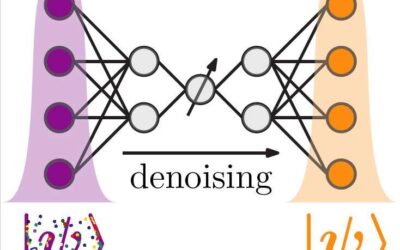In recent years, research teams worldwide have been trying to apply origami-folding strategies to mechanical structures, as this could allow them to change their shape both rapidly and efficiently. A key advantage of origami, the Japanese art that entails folding...
Research
A technique to produce patterned transition metal ditelluride layers for 2-D devices
Researchers at Ulsan National Institute of Science and Technology (UNIST) in South Korea have recently introduced a method to produce thin and patterned transition metal ditelluride films to be integrated in 2-D metal semiconductors. Their synthesis technique,...
A new technique for the 3-D printing multimaterial devices
Three-dimensional printing techniques could potentially be used to fabricate a variety of objects with complex geometries, including electronic components. Most 3-D printing approaches developed so far, however, have merely proved effective for producing...
FLIVVER: An insect-inspired algorithm to estimate the velocity of flying robots
Nature is one of the most valuable sources of inspiration for researchers developing new robots and computational techniques. For instance, in recent years, research teams worldwide have tried to artificially replicate the behaviors observed in insects and the...
A 3-D memristor-based circuit for brain-inspired computing
Researchers at the University of Massachusetts and the Air Force Research Laboratory Information Directorate have recently created a 3-D computing circuit that could be used to map and implement complex machine learning algorithms, such convolutional neural networks...
A system to reproduce different animal locomotion skills in robots
Researchers at Google Research and the University of California, Berkeley, have recently developed an imitation learning system that could enable a variety of agile locomotion behaviors in robots. Their technique, presented in a paper pre-published on arXiv, allows...
Quantum autoencoders to denoise quantum measurements
Many research groups worldwide are currently trying to develop instruments to collect high-precision measurements, such as atomic clocks or gravimeters. Some of these researchers have tried to achieve this using entangled quantum states, which have a higher...
The realization of a 1-D magneto-optical trap of polyatomic molecules
Researchers at the Harvard-MIT Center for Ultracold Atoms have recently demonstrated a one-dimensional (1-D) magneto-optical trap (MOT) of polar free radical calcium monohydroxide (CaOH). This technique, outlined in a paper published in Physical Review Letters, was...
Testing hypotheses about the role of neural circuits in insect associative learning
To adapt to their environment and learn from past experiences, animals need to learn to associate stimuli in their environment (e.g., a particular sound or scent) and the rewards or threats that these stimuli are likely to carry with them (e.g., food or the presence...
Investigating the role of ventral pallidum neurons in the basal ganglia
The basal ganglia (BG) are a group of subcortical brain nuclei that control automatic behavior in humans and other animal species. The BG has been found to show peculiar activity in people affected by a number of mental and neurodegenerative disorders, including...










